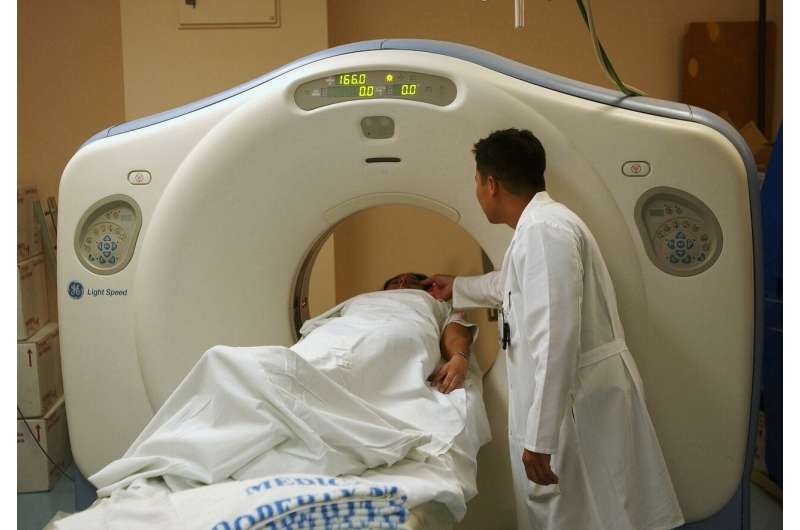Discovery of Tiny Plastic Particles in Carotid Artery Plaque Linked to Stroke Risk

Recent research has revealed that individuals with plaque buildup in their carotid arteries tend to have higher levels of microscopic plastic particles within those deposits. This increase is especially notable among patients who have experienced strokes, mini-strokes, or temporary vision loss caused by vascular blockages. The study, presented at the American Heart Association's Vascular Discovery 2025 Scientific Sessions in Baltimore, suggests a possible link between environmental micro- and nanoplastics and cardiovascular health.
Micronanoplastics, originating from the degradation of larger plastics or produced industrially, are tiny fragments—smaller than 1,000 nanometers—capable of infiltrating cells and tissues due to their minuscule size. While microplastics are greater than 5 millimeters, nanoplastics are often invisible to the naked eye. Dr. Ross Clark, lead author and vascular surgeon at the University of New Mexico, explains that these plastics are commonly found in oceanic garbage patches, which slowly break down and accumulate in soil and water, entering the food chain.
Traditionally, microplastics have been associated with environmental pollution from items like water bottles, packaging, and utensils. However, the primary source of human exposure appears to be through food and beverages containing these tiny particles. Previous Italian studies identified micronanoplastics within carotid plaque tissue from asymptomatic individuals undergoing surgical removal, raising concerns about their potential health impacts.
Follow-up studies have shown that people with higher plastic concentrations in their carotid arteries are more prone to adverse cardiovascular events, including strokes and heart attacks. Notably, those with the highest plastic levels in their artery deposits were significantly more likely to experience severe health outcomes within nearly three years of initial diagnosis.
The investigation assessed the amount of plastic in plaque samples from three groups: healthy individuals, those with non-symptomatic plaque, and patients with symptomatic blockage. Results demonstrated that plastic levels were 16 times higher in asymptomatic individuals compared to healthy donors, and 51 times higher in symptomatic patients. Interestingly, the study found complex biological effects, such as alterations in gene activity related to plaque stability and immune response, without direct links to inflammation.
Lead researcher Dr. Clark emphasizes that the biological impacts of micronanoplastics on arterial deposits are intricate and not fully understood, underscoring the need for further research into how these particles influence immune functions and plaque stability. The study notes several limitations, including the small sample size and potential analytical challenges in distinguishing plastic from biological molecules like fatty acids.
This emerging research highlights a possible environmental factor contributing to cardiovascular diseases. Experts caution that while these findings are preliminary, they suggest that reducing plastic pollution and exposure could have significant implications for stroke prevention and vascular health in the future.
Stay Updated with Mia's Feed
Get the latest health & wellness insights delivered straight to your inbox.
Related Articles
Potential Reversal in Global Progress Against AIDS Due to US Funding Cuts, UN Warns
UN warns that US funding reductions could reverse decades of progress in the fight against HIV/AIDS, risking over 4 million lives and millions of new infections by 2029.
Understanding CT Scans: Essential Questions to Ask Your Doctor
Learn essential questions to ask your doctor about the necessity and safety of CT scans, including alternatives and radiation risks, for informed healthcare decisions.
Impact of Incentive-Based Programs on Reducing Mortality in Veteran Recovery from Stimulant Use Disorders
A new study demonstrates that contingency management programs offering incentives can reduce mortality rates by 41% among veterans with stimulant use disorder, highlighting its potential to save lives and improve recovery outcomes.



